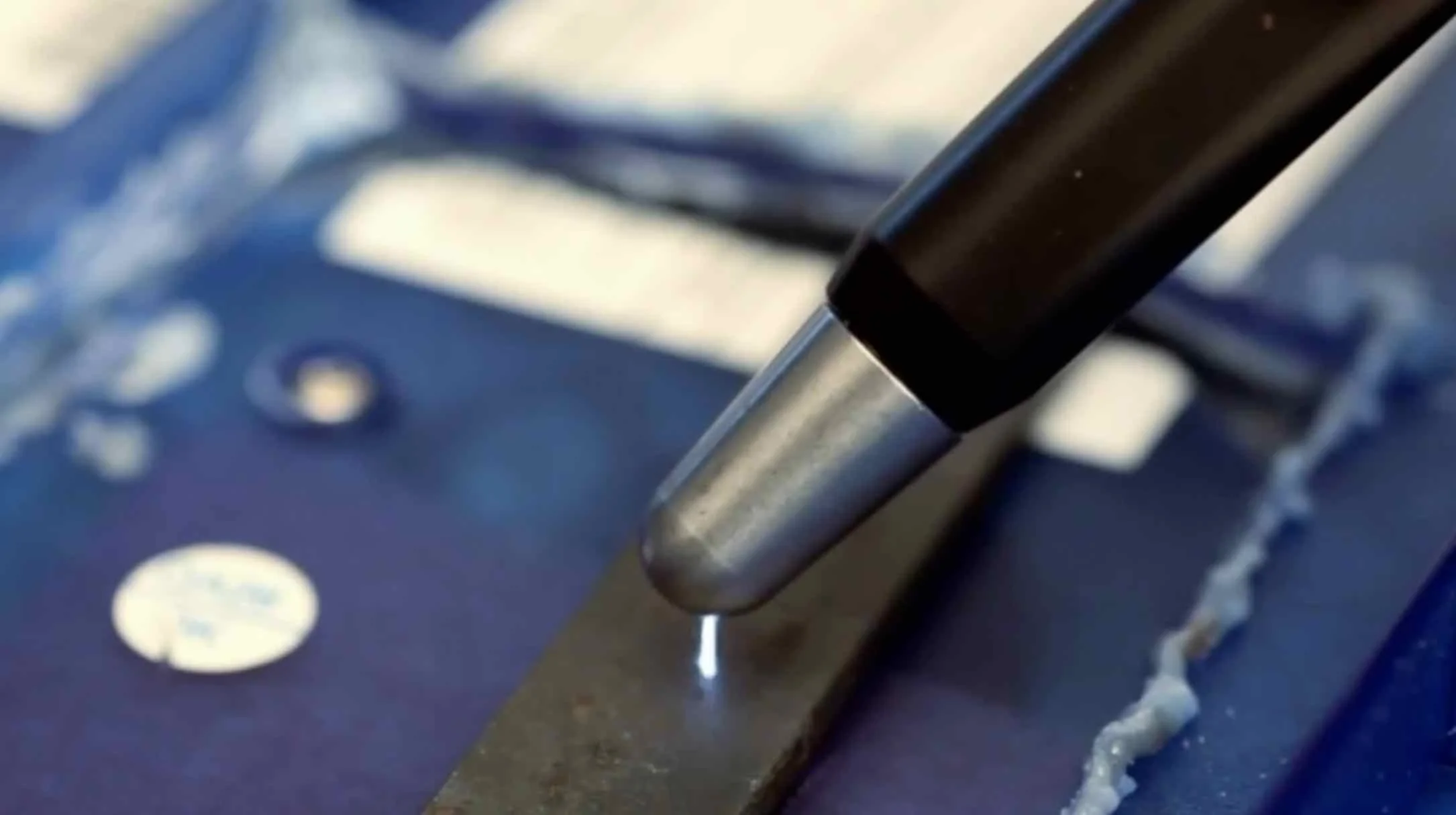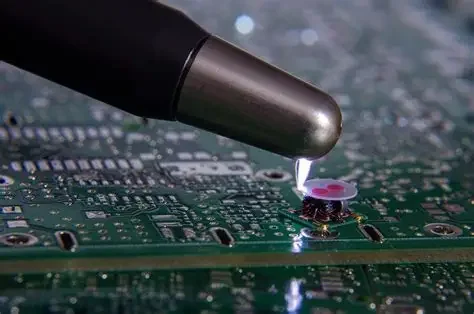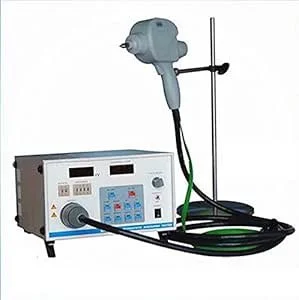 Image 1 of 3
Image 1 of 3

 Image 2 of 3
Image 2 of 3

 Image 3 of 3
Image 3 of 3




ESD Testing
⚡ ESD Testing Services
Protecting Electronics from Electrostatic Hazards
What Is ESD Testing?
Electrostatic Discharge (ESD) testing evaluates how electronic devices respond to sudden, high-voltage discharges caused by static electricity. These discharges can occur when a person touches a device or when two charged objects come into contact. ESD can damage sensitive components, corrupt data, or cause latent failures that may not appear until long after deployment.
At Faraday Test Lab, we simulate real-world ESD events to ensure your products meet international standards and perform reliably in the field.
Why ESD Testing Matters
✅ Prevents damage to sensitive electronics
✅ Ensures compliance with global EMC standards
✅ Reduces warranty claims and field failures
✅ Enhances product reliability and customer satisfaction
How We Perform ESD Testing
Our lab uses advanced equipment and controlled environments to deliver precise, repeatable results.
Test Setup Includes:
Device placed on an insulating support over a ground reference plane
Controlled temperature and humidity
Discharges applied using an ESD simulator (gun)
Discharge Methods:
Contact Discharge: Direct application to the device
Air Discharge: Discharge through air gap to simulate spark events
Test Points:
External surfaces (metal/plastic)
Connectors and ports (USB, HDMI, Ethernet)
Touchscreens, buttons, and user-accessible areas
Standards We Test To
We follow globally recognized standards to ensure your product meets industry expectations:
IEC 61000-4-2 (most widely used)
Contact: ±2 kV to ±8 kV
Air: ±2 kV to ±15 kV
MIL-STD-883 – Military and aerospace applications
ANSI/ESDA/JEDEC JS-001 – Component-level testing
ISO 10605 – Automotive-specific ESD testing
Equipment Used
ESD Simulator (Gun)
Ground Reference Plane
Insulating Table
Monitoring Equipment (Oscilloscope, Failure Detection Tools)
What We Evaluate
Functional performance during and after discharge
Data integrity (no resets, crashes, or corruption)
Physical damage to components or enclosures
Recovery behavior (automatic reboot or manual reset)
Industries We Serve
🚗 Automotive (ECUs, infotainment, sensors)
📱 Consumer Electronics (phones, tablets, wearables)
🏥 Medical Devices (diagnostic tools, monitors)
🏭 Industrial Controls (PLCs, HMIs, sensors)
✈️ Aerospace & Defense (avionics, communication systems)
⚡ ESD Testing Services
Protecting Electronics from Electrostatic Hazards
What Is ESD Testing?
Electrostatic Discharge (ESD) testing evaluates how electronic devices respond to sudden, high-voltage discharges caused by static electricity. These discharges can occur when a person touches a device or when two charged objects come into contact. ESD can damage sensitive components, corrupt data, or cause latent failures that may not appear until long after deployment.
At Faraday Test Lab, we simulate real-world ESD events to ensure your products meet international standards and perform reliably in the field.
Why ESD Testing Matters
✅ Prevents damage to sensitive electronics
✅ Ensures compliance with global EMC standards
✅ Reduces warranty claims and field failures
✅ Enhances product reliability and customer satisfaction
How We Perform ESD Testing
Our lab uses advanced equipment and controlled environments to deliver precise, repeatable results.
Test Setup Includes:
Device placed on an insulating support over a ground reference plane
Controlled temperature and humidity
Discharges applied using an ESD simulator (gun)
Discharge Methods:
Contact Discharge: Direct application to the device
Air Discharge: Discharge through air gap to simulate spark events
Test Points:
External surfaces (metal/plastic)
Connectors and ports (USB, HDMI, Ethernet)
Touchscreens, buttons, and user-accessible areas
Standards We Test To
We follow globally recognized standards to ensure your product meets industry expectations:
IEC 61000-4-2 (most widely used)
Contact: ±2 kV to ±8 kV
Air: ±2 kV to ±15 kV
MIL-STD-883 – Military and aerospace applications
ANSI/ESDA/JEDEC JS-001 – Component-level testing
ISO 10605 – Automotive-specific ESD testing
Equipment Used
ESD Simulator (Gun)
Ground Reference Plane
Insulating Table
Monitoring Equipment (Oscilloscope, Failure Detection Tools)
What We Evaluate
Functional performance during and after discharge
Data integrity (no resets, crashes, or corruption)
Physical damage to components or enclosures
Recovery behavior (automatic reboot or manual reset)
Industries We Serve
🚗 Automotive (ECUs, infotainment, sensors)
📱 Consumer Electronics (phones, tablets, wearables)
🏥 Medical Devices (diagnostic tools, monitors)
🏭 Industrial Controls (PLCs, HMIs, sensors)
✈️ Aerospace & Defense (avionics, communication systems)

